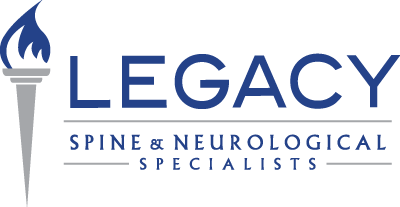According to a recent national study from Parker, one of America’s leading aging services organizations, most Americans appear hopeful and optimistic about aging.
“This survey underscores how American society’s views on aging are changing for the better, especially as the Baby Boom generation reaches retirement age and beyond,” says Roberto Muñiz, President and CEO of Parker. “Seniors are staying more vibrant, active, and connected well into their seventies, eighties, nineties, and beyond, and society is beginning to embrace that fact.”
However, as we grow older, our spine ages as well. According to Cleveland Clinic, the three most common reasons for developing back pain after age 50 are:
Degenerative changes in discs and joints
Loss of moisture and resilience can make discs less effective as shock absorbers.
Spinal stenosis
The canal through which your spinal cord passes can narrow because of disc degeneration, thickened ligaments or arthritic facet joints (usually in the lower back).
Spondylolisthesis
One spinal vertebra can slip forward onto the vertebra below.
Any of these conditions can cause inflammation or pressure on nerves or pain. When this happens, we recommend:
Be more physically active
The more active you are, the better you’ll feel and the sooner you’ll bounce back from episodes of back pain.
Do physical therapy
Our physicians can prescribe a back-healthy exercise program to help you gain strength, as well as improve balance and flexibility. Strengthening your back and abdominal muscles will make your spine more resilient.
Utilize non-narcotic medical management such as nerve blocks and injections.
When more conservative measures fail, a limited number of people may benefit from surgery for chronic age-related back pain.
Legacy Spine & Neurological Specialists strives to make a lasting impact on the lives of our patients by delivering life-changing, minimally invasive, neurosurgical care. Contact us today.

